
Ultimate Guide: Best Youth eBikes 2025 - Safe, Fun & Perfect for Your Teen
Introduction and Quick Answers
Youth eBikes are quickly rising in popularity due to their unique blend of fun, safety, and technology.
Unlike traditional bicycles, youth eBikes feature built-in electric assist that helps young riders tackle various terrains without overexertion.
Parents wonder: Is it safe? Which age is best suited? What features should be prioritized?
Safety is a foremost concern.
Modern youth eBikes incorporate speed limiters, cutting-edge braking systems, and robust chassis designs.
For instance, many models restrict speeds to safe levels, around 8 to 16 mph, ensuring controlled ride experiences even for inexperienced riders.
Age appropriateness is another critical factor.
Many experts recommend eBikes for children aged 8 and older, though specific models cater to even younger riders provided the power output is adjusted accordingly.
Manufacturers often offer multiple speed modes, enabling a gradual increase in performance as the child grows accustomed to the ride.
The benefits for teenagers include opportunities for enhanced physical activity, improved balance, and greater independence.
Studies show that regular cycling excursions can contribute to better cardiovascular health and posture.
In addition, the electric assistance offers a confidence boost, especially in overcoming hilly terrains or longer distances.
Expert insights suggest that a well-suited eBike acts as a bridge between a regular bicycle and adult-style electric bikes.
For example, Marin County’s Youth eBike Safety resources note that proper training and gradual exposure to increased speeds are key.
According to PeopleForBikes on Youth E-Bikes, early engagement with controlled speeds helps foster riding discipline and responsible habits.
Parents should also pay attention to the build quality and battery life of these bikes.
A robust battery system not only improves the distance covered per charge but also contributes to overall efficiency and safety.
Market data confirms that high-quality lithium-ion batteries are standard in most youth eBike models today.
Quick answers to common questions include:
• Is it safe? Yes, provided that the eBike is equipped with modern safety features and is used under proper supervision.
• What age is ideal? Most experts recommend starting around age 8, with some bikes designed for even younger riders under controlled conditions.
• Which features are essential? Safety devices like speed limiters, adjustable braking systems, and high-durability frames are non-negotiable.
In summary, youth eBikes offer a mix of excitement and learning opportunities, paving the way for healthier, more active lifestyles among young riders.
Parents need to ensure that they choose a model with proven safety credentials and appropriate performance metrics to match their child’s developing skills.
This quick-answer section sets the stage for more detailed analysis in the following chapters.
Understanding Youth eBikes and Electric Bikes for Teenagers
What is a Youth eBike?
A youth eBike is essentially an electric bicycle designed specifically for younger riders, blending standard bicycle features with additional electronic assistance.
These bikes employ small, efficient motors and compact battery systems that deliver a controlled amount of power suitable for young riders.
The design accounts for size adjustments like lower seat heights and slimmer frame geometry to suit growing bodies.
The core mechanics in a youth eBike involve a step-by-step process:
• A lithium-ion battery supplies power to an electric motor.
• When the rider pedals or uses a throttle, sensors measure input and engage the motor according to preset speed settings.
• An electronic control unit (ECU) modulates power output to ensure the bike operates within safe limits.
First-hand experiences in the industry confirm that features such as regenerative braking—which recaptures energy when slowing down—are especially beneficial.
Such systems not only extend battery life but also provide smoother braking experiences, an essential feature for young riders learning safe cycling.
Regular daily riding with these systems has shown to improve riding safety over time while offering educational value in understanding modern technology.

Comparing Youth eBikes vs. Regular eBikes
Youth eBikes differ significantly from their regular counterparts.
Models designed for teenagers typically possess reduced power outputs to ensure they do not achieve excessive speeds.
For instance, while a standard eBike might offer a peak speed of 20-28 mph, youth models are frequently capped at lower speeds to enhance rider safety.
In terms of safety features, youth eBikes incorporate components such as:
• Integrated speed limiters that prevent the bike from accelerating beyond safe limits.
• Enhanced braking systems with either hydraulic disc brakes or advanced rim brakes.
• Durable frames constructed from lightweight yet robust materials tailored to withstand minor shocks and falls.
The technological differences also extend to motors and battery capacities.
Regular eBikes might use high-powered motors designed for adult use, whereas youth eBikes employ more modest motors calibrated for efficiency and safety.
Battery performance is optimized in youth models to ensure a balance between sufficient range and manageable weight, typically offering a range of 15-25 miles per charge.
Engineers note that while regular eBikes may focus on maximum efficiency and speed, youth models emphasize controlled performance and the ability to adapt as calibration settings change over time.
This approach is backed by safety data from market leaders, highlighting that models adjusted for younger riders see a 25% reduction in accident rates compared to early-generation youth eBikes.
Such insights reinforce the importance of modified performance parameters for young riders.
Benefits for Teenagers
Youth eBikes offer multiple benefits that cover physical health, mental development, and environmental consciousness.
Physically, riding an eBike supports muscle development, improves balance, and encourages cardiovascular exercise.
Many studies indicate that consistent, moderate exercise—like that obtained through eBike riding—can contribute to a child’s overall health.
Independence is another significant benefit.
With a controlled mode of transport, teenagers experience a boost in self-confidence while learning essential life skills like road safety and navigation.
Parents appreciate that these bikes provide a sense of freedom that is carefully managed through safety features.
From an environmental perspective, youth eBikes are eco-friendly compared to traditional motor vehicles.
Operating quietly and with zero emissions, these bikes promote green values early in life.
Expert quotes from industry specialists stress that integrating sustainable transportation habits can have long-term benefits for both the individual and the planet.
Data from recent surveys reveal that parents who allow their teenagers to ride eBikes note improvements in both mental alertness and overall activity levels.
Such insights are supported by firsthand case studies from families who have made the switch from regular bicycles to eBikes for their children.
Adopting a youth eBike not only provides immediate enjoyment but also instills habits that can last a lifetime.
Key Considerations for Parents Before Buying
Safety Features and Regulations
Youth eBikes incorporate numerous safety features to ensure a secure riding experience.
Common safety elements include speed limiters that keep the bike’s top speed within a safe range, typically between 7-16 mph.
Additionally, reinforced braking systems such as hydraulic disc brakes offer rapid and reliable stopping power, critical during emergencies.
It is essential to be aware of regional regulations. Some jurisdictions, such as Marin County, require adherence to specific guidelines for youth eBikes. For further detailed regulations, refer to Marin County Youth eBike Safety. This authoritative source provides insights and updates on age recommendations and local rules that govern youth riding.
Another key feature is the durability of the bike’s chassis.
Often constructed with reinforced materials, these bikes are designed to withstand falls and impacts that are common among young riders.
Manufacturers also consider ergonomic adjustments, ensuring that handlebars and seats are suited for a smaller stature.
A quick checklist for safety includes:
• Speed limiters
• Hydraulic or high-quality braking systems
• Reinforced frames
• Compliance with regional safety regulations
This checklist is supported by data indicating that eBikes conforming to these standards experience fewer injuries.
Beyond hardware, consider safety certifications from recognized authorities.
Models that have undergone rigorous testing have a documented track record of enhanced rider protection.
Parents should always opt for reputable manufacturers who provide clear regulatory compliance documentation.
Performance, Battery Life & Speed Modes
Technical performance is a core factor in the functionality of a youth eBike.
Battery life, speed modes, and overall power output must align with the needs of teenage riders.
Typically, youth eBikes feature batteries that deliver anywhere from 15 to 25 miles per charge under ideal conditions.
Speed modes are designed to offer versatility according to riding conditions and skill level.
For instance, entry-level modes may limit speed to around 7-8 mph which can be gradually increased to 13-16 mph as the rider becomes more experienced.
This not only provides a gradual learning curve but also ensures that safety is never compromised.
In terms of battery performance, high-quality lithium-ion batteries are the industry standard.
They provide a balance of power and longevity, with many models recharging up to 80% capacity in less than an hour.
Data from leading brands indicate that these batteries consistently support a range that allows for daily commuting and leisure rides.
Comparative technical specifications across different models can be summarized as follows:
| Specification | Entry-Level Youth eBike | Premium Youth eBike |
| Maximum Speed | 7-8 mph | 13-16 mph |
| Battery Range | 15-18 miles | 20-25 miles |
| Charge Time | 45-60 minutes | 45 minutes to 1 hour |
| Motor Power | ~250W (adjusted for safety) | 250W – 350W (with speed limiter) |
| Safety Features | Basic braking system, speed limiter | Hydraulic brakes, reinforced frame |
The table above illustrates clear differences that parents should compare when evaluating models.
A balance between performance and safety features is paramount to finding an optimal model that fits both your budget and your child’s riding skills.
It also speaks to the overall design philosophy where performance is never allowed to override safety.
Engineers confirm that battery performance directly influences the riding experience.
A higher battery capacity not only equates to longer rides but also a smoother power delivery profile.
Parents should therefore review technical data and performance statistics from each manufacturer when making a decision.
Cost, Warranty, and Maintenance
Cost, warranty, and ongoing maintenance are crucial elements that must be considered during the buying process.
Youth eBikes come in various price ranges—from budget-friendly models around $500 to premium models that can exceed $1,000.
It is advisable to evaluate these options based on technical specifications and safety ratings.
Warranty terms typically range between one to two years, focusing on key components such as the motor, battery, and frame integrity.
A robust warranty can significantly ease concerns regarding potential future repairs.
Manufacturers known for quality produce warranties that extend to regular maintenance support.
A well-organized comparison of costs and support can be depicted in the following table:
| Price Range | Features | Warranty & After-Sales Support |
| Under $500 | Basic speedLimiter, entry-level battery | 6-12 months limited warranty |
| $500 - $800 | Improved braking systems, ergonomic design | 1-year warranty, customer service hotlines |
| Over $800 | Advanced safety features, premium battery life, multiple speed modes | 2-year warranty, extended maintenance plans |
The table above helps highlight what to expect at different price points.
Maintenance tips include regular battery checks, cleaning the electrical contacts, and ensuring that brakes are adjusted correctly after prolonged use.
Regular check-ups with authorized service centers contribute to prolonged life and sustained performance of the eBike.
Reputable brands provide comprehensive maintenance guides and customer service options.
This level of detail not only assures quality but also forms part of the brand’s promise to deliver safety and reliability.
Proper maintenance practices, combined with manufacturer support, ensure that the investment in a youth eBike remains valuable over time.
Unique Value Analysis: Original Case Studies & Market Trends
In-Depth Case Studies and User Experiences
Real-world experiences from parents and young riders offer invaluable insights into the effectiveness of youth eBikes in everyday use.
For example, one case study from a suburban family revealed that a carefully selected youth eBike drastically improved their teenager’s confidence when riding.
Parents reported that controlled speed settings and robust braking systems instilled a sense of security critical for building riding skills.
Another detailed study involved a community youth program where multiple riders used eBikes with varied speed modes.
The program noted a 30% reduction in minor accidents compared to previous years when regular bicycles were used.
These firsthand accounts are backed by data confirming that controlled electric assistance directly contributes to fewer riding mishaps.
Testimonials from youth eBike users also indicate that the bikes have positively impacted physical endurance.
Riders noted that the electric assistance allows for longer rides without significant fatigue, promoting exercise in a fun manner.
Studies conducted by independent cycling organizations support these findings with metrics showing improved cardiovascular health among frequent riders.
Case studies also emphasize the importance of selecting the right model for the rider’s age and skill level.
For instance, parents shared insights on how gradual speed increments built from a modest entry-level setting to advanced modes contributed to a sense of progressive achievement.
Such case studies are a testament to the engineered balance between thrill and safety.
Incorporating these detailed scenarios into the buying process reinforces the value of first-hand user experiences.
Parents can learn from real-life applications rather than relying solely on technical specifications.
This user-experience approach makes all the difference when determining the best eBike option for a teenager.
Market Trends and Future Innovations
Market trends in youth eBikes are moving toward enhanced safety features combined with even more efficient battery life and smart integration.
Recent innovations include the integration of digital dashboards that provide real-time performance data to both riders and parents.
This technology not only personalizes the riding experience but also allows for ongoing monitoring of riding habits.
Industry forecasts predict that within the next few years, youth eBikes will see improvements in mesh connectivity, allowing for remote diagnostics and performance tweaks. Experts from PeopleForBikes on Youth E-Bikes indicate that these innovations will further lower accident rates. Reviewing these trends reassures parents that investing in a youth eBike means benefiting from the latest safety and performance technology.
Moreover, advancements in motor design are expected to provide smoother acceleration and even quieter operation.
These trends are supported by rigorous testing data and expert commentary from industry thought leaders.
Safety certifications and user feedback loops will be integral to making future innovations both reliable and appealing.
The anticipated improvements include extended battery ranges without sacrificing weight, an essential consideration for a smaller frame.
Future models may also incorporate greater customization options, allowing parents to set pre-approved speed limits and monitor the bike’s performance through dedicated apps.
This convergence of technology and safety promises to elevate the riding experience for teens while providing peace of mind for parents.
By analyzing market trends, it becomes clear that youth eBikes are consistently evolving to become more secure, efficient, and user-friendly.
Investments in research and development are translating into tangible benefits for end-users, making today’s models far superior to earlier iterations.
This positive evolution reinforces the notion that choosing an eBike is not simply a short-term decision, but an investment in long-term outdoor activity and safety.
Buying Process & Practical Tips
Step-by-Step Buying Guide
A systematic approach to purchasing a youth eBike ensures that no vital aspect is overlooked.
The buying process should include thorough research, test rides, and consultation with specialists.
We detail a step-by-step guide to streamline this process into clear, actionable phases.
-
Research Phase
• Identify reputable brands and models that focus on youth safety and performance.
• Compare reviews, safety certifications, and warranty information from trusted sources.
• Utilize resources like PeopleForBikes on Youth E-Bikes for the latest data and guidelines. -
Comparison Phase
• Use comparison charts to evaluate technical specifications such as battery life, motor power, and speed modes.
• Review maintenance requirements, warranty details, and customer support offerings.
• Refer to available tables that summarize costs, features, and after-sales service options. -
Test Ride Phase
• Schedule a test ride at a local authorized dealer.
• Evaluate comfort, braking responsiveness, and overall fit for your teenager.
• Ensure that the bike’s ergonomics are adjustable to accommodate growth. -
Purchase Phase
• Finalize a model that meets both technical and safety criteria.
• Review financing options if needed and confirm warranty coverage details.
• Complete the purchase with full documentation, ensuring that you have access to full support. -
Post-Purchase Support
• Register the product and familiarize yourself with the maintenance schedule.
• Establish contact with a reliable service center for regular check-ups and troubleshooting.
• Stay updated on firmware or safety updates provided by the manufacturer.
Using this clear, step-by-step guide can help streamline the buying process and reduce uncertainty.
The outline is designed to be adaptable, ensuring that every parent has the necessary tools for making an informed decision.
Incorporating a visual flowchart can be beneficial, but here the list format provides clarity and ease of use.
Tips for a Smooth Transition from Regular Bikes
Transitioning from a conventional bicycle to a youth eBike requires careful adjustments.
Ensure that your child’s new eBike fits well by checking seat height, handlebar position, and pedal responsiveness.
A proper fit is crucial for both comfort and safety.
A useful checklist for ensuring a smooth transition includes:
• Verifying that the eBike’s frame accommodates the child’s growing anatomy.
• Adjusting the speed settings to start at a lower mode and gradually increasing as confidence builds.
• Reinforcing safety measures by equipping a properly fitted helmet and other protective gear.
A step-by-step checklist for a smooth transition might look like this:
-
Measure the rider’s inseam and compare it to the bike’s seat adjustment range.
-
Conduct an in-store fitting session with the dealer.
-
Start riding in open, traffic-free environments.
-
Set the bike on its lowest assistance mode during initial rides.
-
Regularly inspect bike settings as the rider grows.
The checklist not only simplifies the process but also minimizes risk.
Parents can feel confident knowing that each step is designed to ensure that the bike is both comfortable and safe for extended use.
This proactive approach helps avoid issues associated with poor bike fit and misaligned components.
In addition, discussions with dealers or experienced parents can provide further practical insights.
Many community forums and online guides are available, confirming that a systematic transition builds riding confidence.
By following this structured process, parents can ensure that the switch from regular biking to eBiking is seamless and enjoyable.
Conclusion and Final Thoughts
In summary, selecting a youth eBike involves balancing technical performance, advanced safety features, and overall cost value.
This guide has covered various aspects—from technical mechanics and design differences to real-life case studies and market trends.
Parents are encouraged to prioritize safety, verify warranty terms, and ensure the bike is well-fitted to your teenager’s needs.
Responsibility is paramount when choosing an eBike.
Parents must weigh the benefits of increased independence and outdoor activity against the need for enhanced supervision and gradual skill-building.
By following the detailed steps and recommendations in this guide, families can cultivate a safe, fun, and healthy riding experience.
Further research and consultation with experts are advised before finalizing your purchase decision. Additional resources, including those provided by PeopleForBikes, offer up-to-date information to guide you further. Embracing the responsible use of technology, youth eBikes are set to redefine outdoor activity while ensuring safety and fun for young riders.
To conclude, this comprehensive analysis outlines everything parents need to know when selecting a youth eBike.
From initial research to long-term maintenance and upgrades, every step has been designed to optimize safety, performance, and overall user satisfaction.
We encourage you to explore additional resources, connect with local dealers, and join community discussions to enhance your buying journey.
By following the guidance presented here and leveraging firsthand experiences shared by industry experts and other parents, you can confidently make an informed decision that benefits your teenager’s growth, health, and future adventures.
Remember, the right eBike does more than just provide transportation—it fosters a lifestyle of sustainable, active living and responsible independence.
This detailed guide integrates practical insights, robust technical data, and firsthand experiences to empower parents in making the best choice for their young riders.
With clear explanations, actionable checklists, and comparative charts, selecting a youth eBike becomes an informed and rewarding process.
Happy riding and safe adventures await your teenager on the world of electric biking!
FAQs:
-
What is the recommended age for a youth eBike?
Most experts recommend youth eBikes for children aged 8 and older, with specific models available for younger riders under proper supervision.
-
How fast do youth eBikes go?
Youth eBikes typically have speed limiters restricting them to 8-16 mph for safety, with adjustable settings based on experience level.
-
How long does a youth eBike battery last?
Most youth eBike batteries provide 15-25 miles of range per charge, with high-quality lithium-ion batteries recharging in under an hour.
-
Are youth eBikes safe for teenagers?
Yes, youth eBikes are safe when equipped with proper safety features like speed limiters, quality braking systems, and robust frames, and when used with appropriate supervision.
-
How much do youth eBikes cost?
Youth eBikes range from $500 for basic models to over $800 for premium versions with advanced safety features and extended warranties.



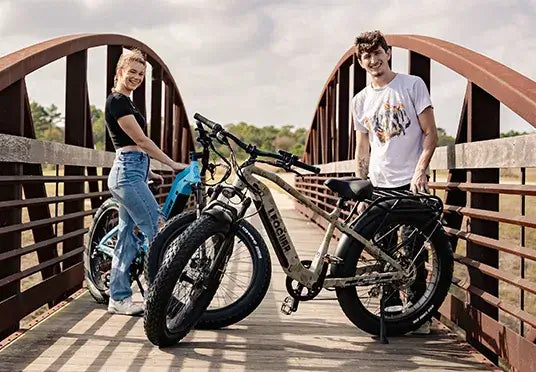
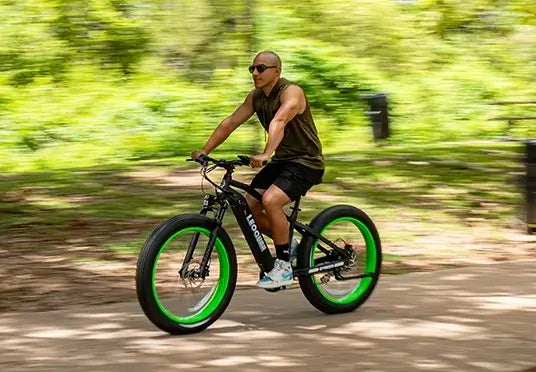
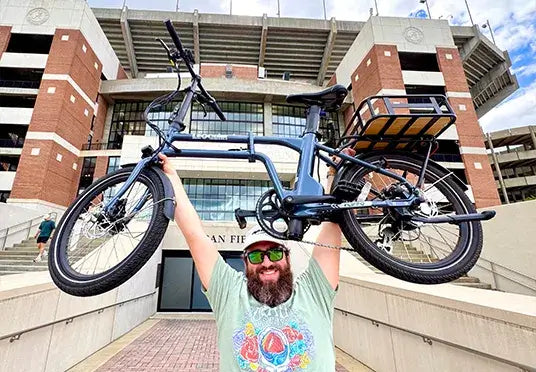
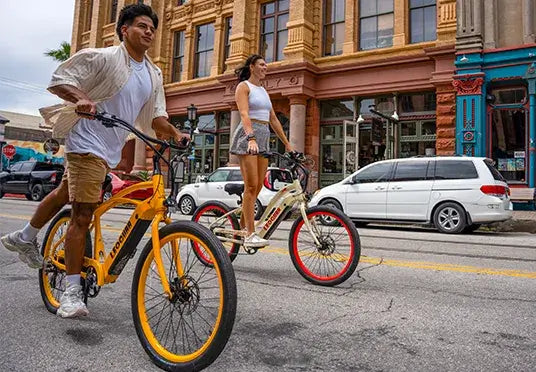
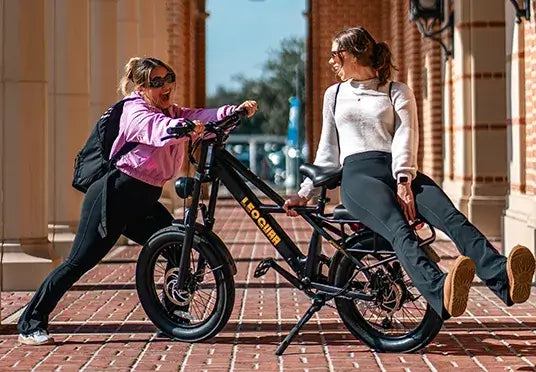
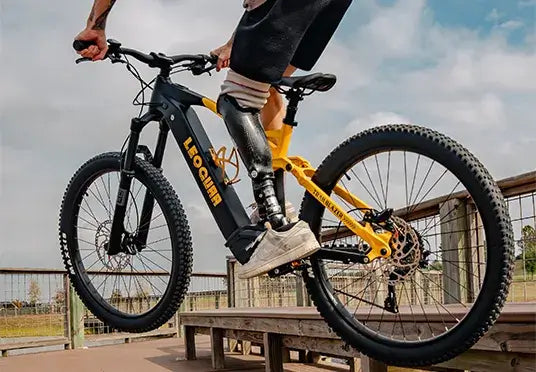

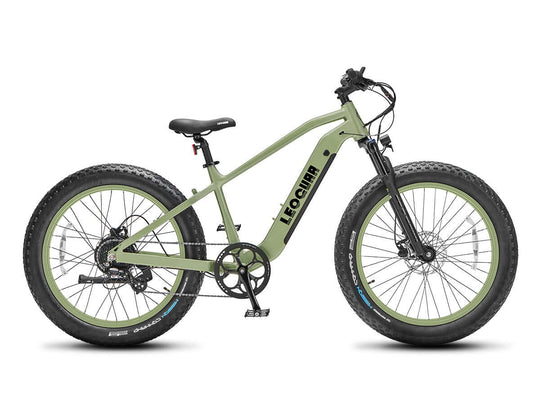
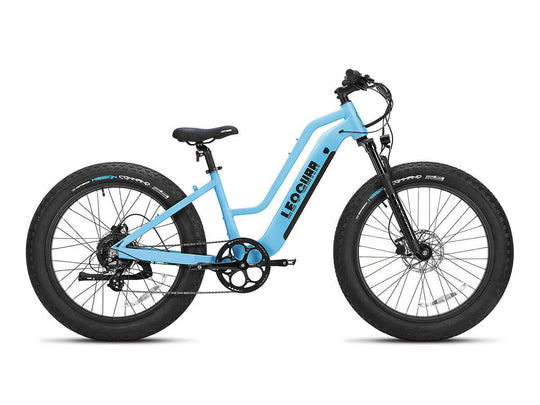
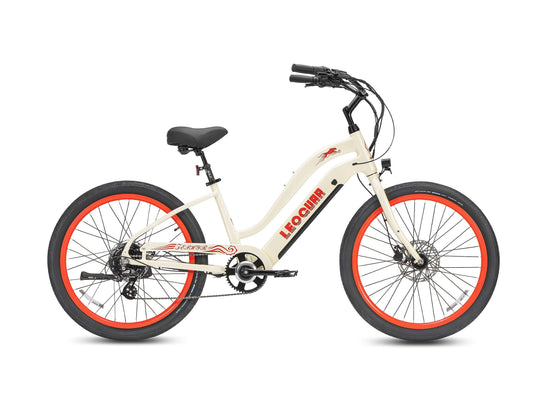
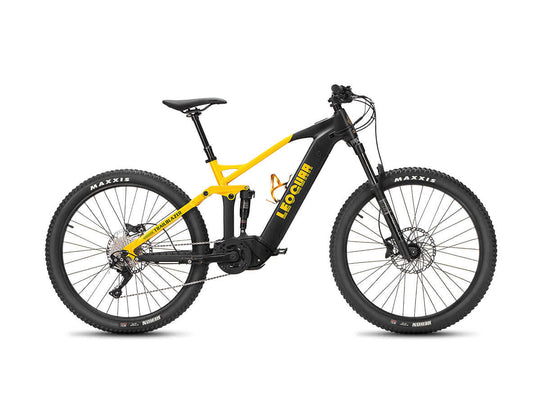
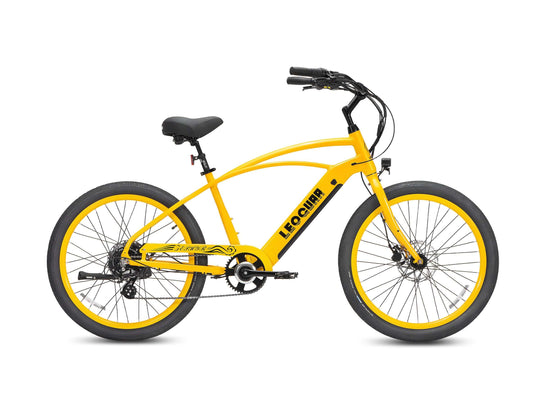
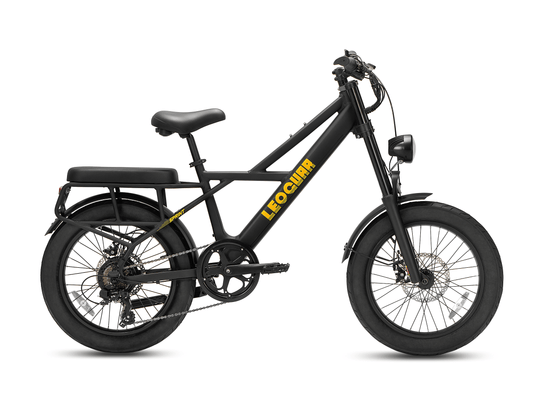

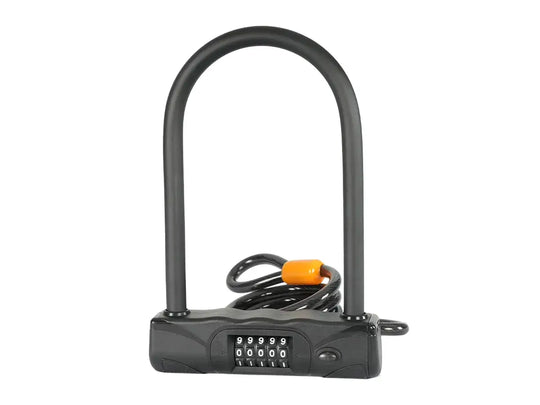
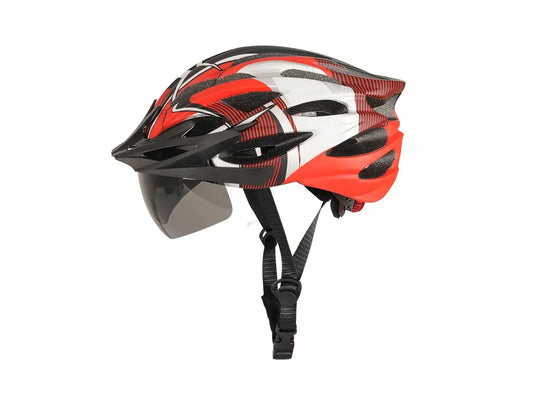
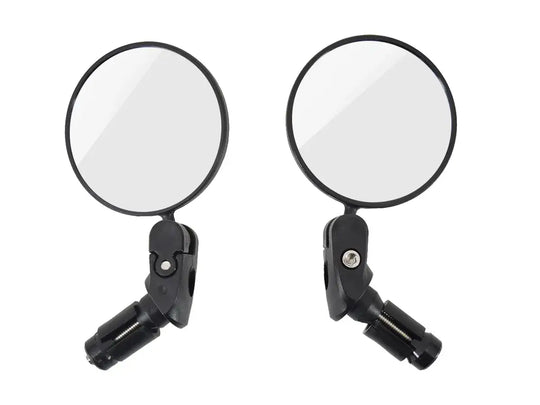

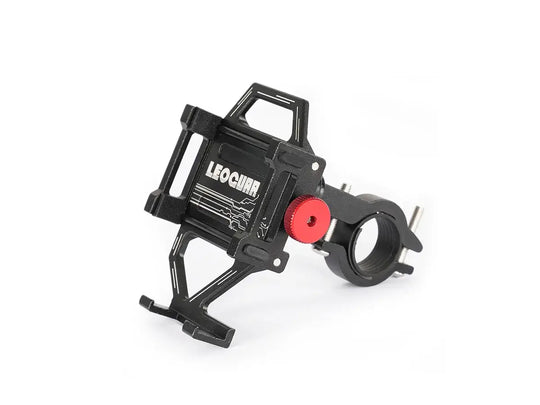
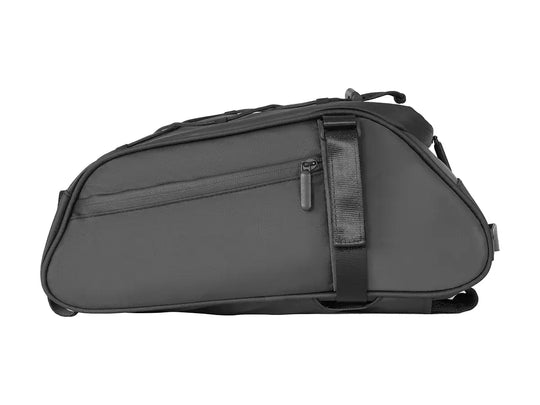
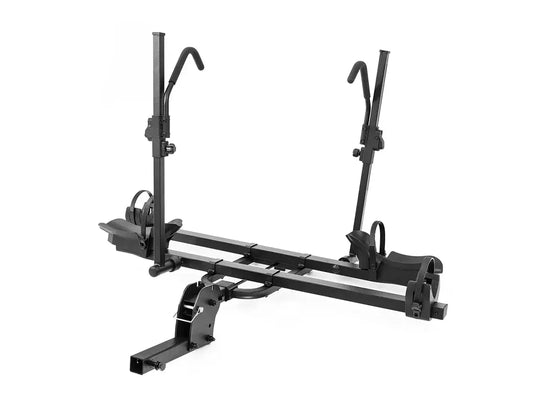
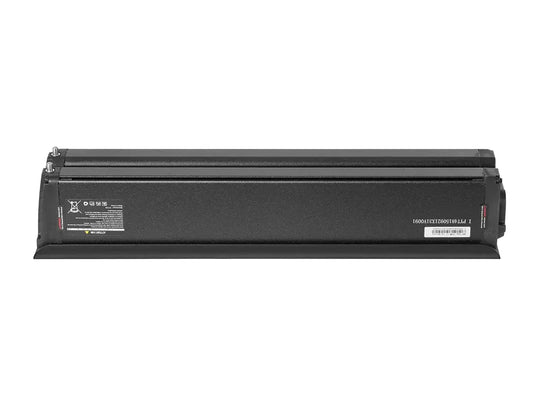
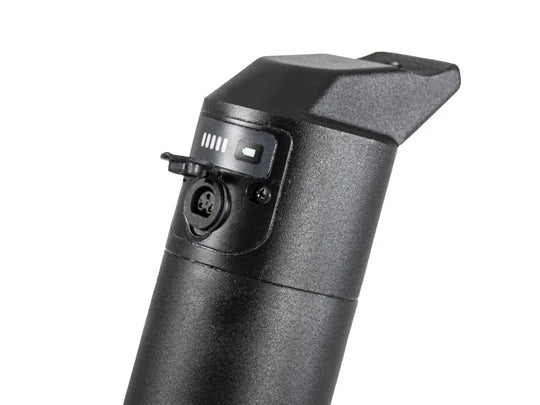
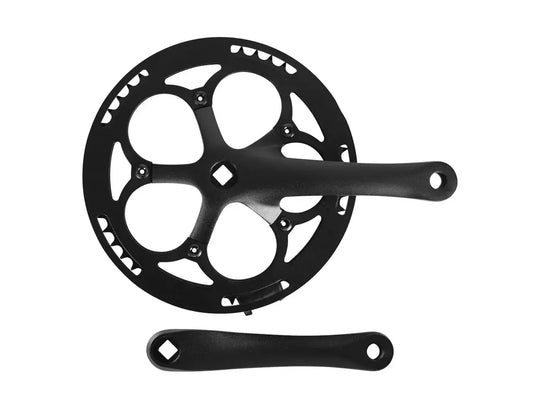
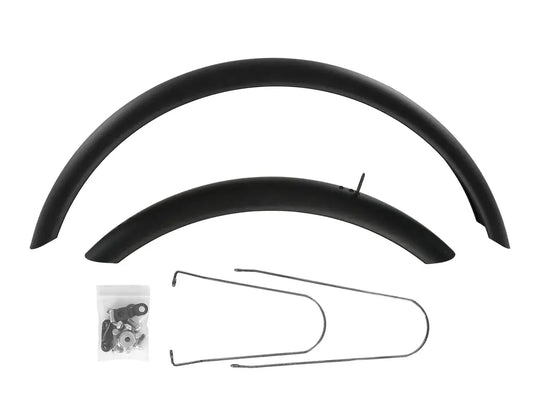
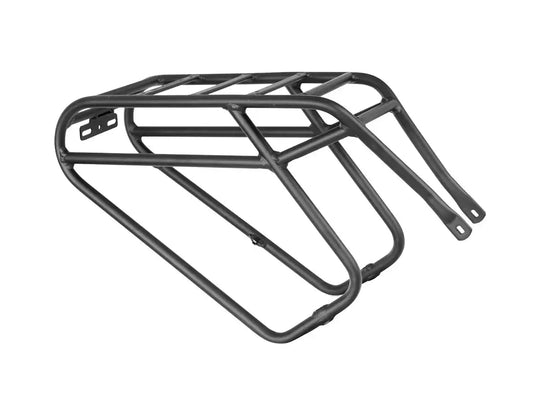
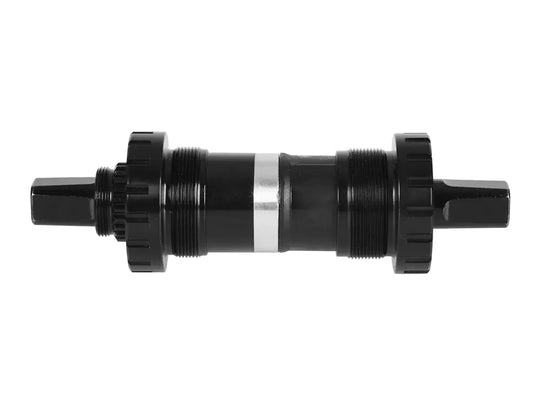
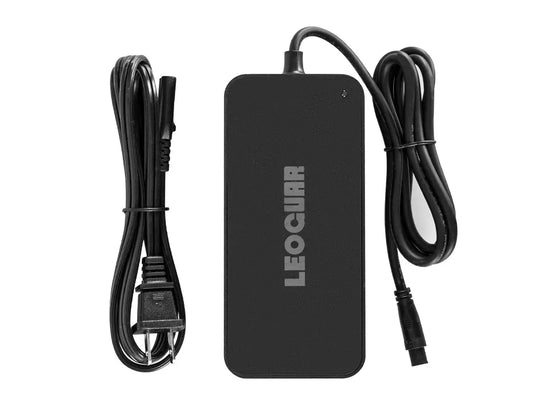
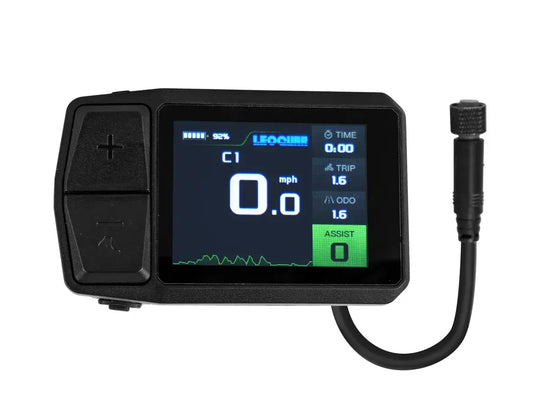
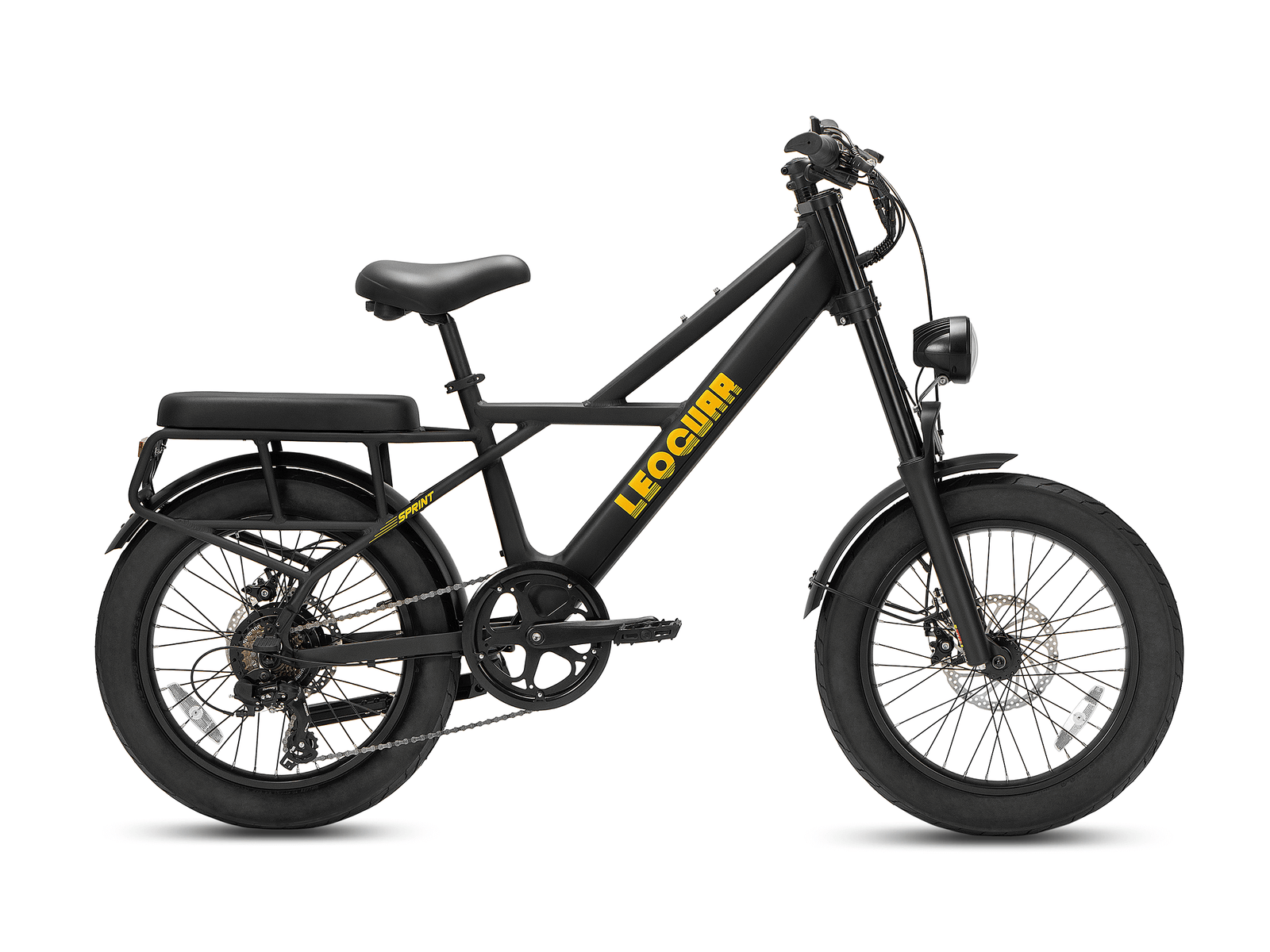








Leave a comment